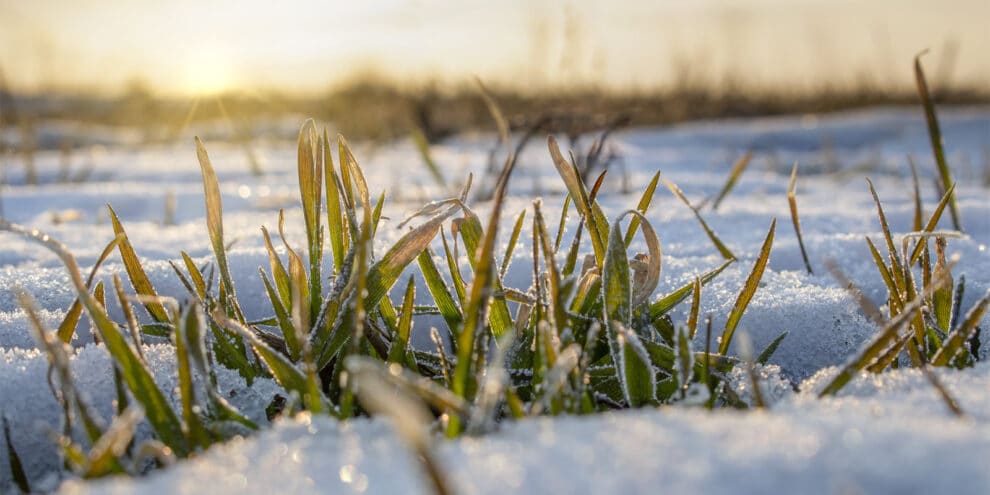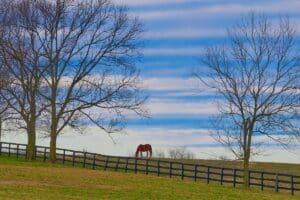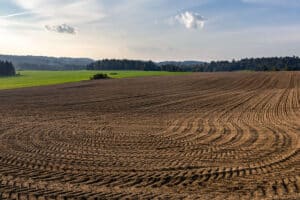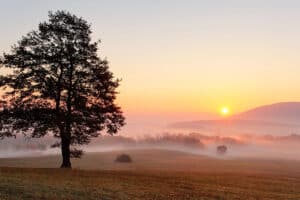The quality and integrity of the land is a vital and integral part of the agriculture industry. The health of soil is a primary concern to farmers whose livelihoods depend on well-managed agriculture that starts with the dirt beneath our feet. Farmers and ranchers strive to ensure the longevity of their resources and believe a healthy farm system leads to a healthy food supply. Oftentimes, this means helping restore soil ecosystems or making repairs to a disturbed landscape. This is where the agricultural practice called revegetation comes in. Thousands of farmers have embraced this regenerative practice, which is used throughout areas that have seen damage due to urbanization, invasive weed species, mining, or other degradation like drought, flooding, or erosion. Revegetation is bringing biodiversity back to native soils, and here’s how it can also bring diversity to your land investment portfolio.
Sustaining a Vital Ecosystem
Soil is home to living and non-living matter, microorganisms, insects, and also houses gasses, liquids, and minerals. Revegetation restores this ecosystem following disturbances to the land by adding nutrients back to the soil. People use revegetation to repair damage caused by natural disasters such as floods and wildfires and for manmade damage such as mining. Revegetation enables the soil to restore its fertility and regain nutrients.
Impact on Global Landscape
Revegetation brings a positive impact, not only to agriculture, but also to the planet. This purposeful process has a number of benefits including:
- Re-establishing a natural habitat for native wildlife species
- Slowing down carbon buildup in the atmosphere through the partnership of revegetation and reforestation
- Restoring soil fertility
- Providing shade and shelter for livestock and crops
- Reducing land degradation such as erosion and maintaining and improving water quality
Growing Your Wealth with Soil Health
In 2019, a team of researchers from Croatan Institute, Delta Institute, and the Organic Agriculture Revitalization Strategy (OARS) released a detailed report for investors, agriculturalists, philanthropists, and entrepreneurs. The report, Soil Wealth: Investing in Regenerative Agriculture across Asset Classes, highlighted 127 investments totaling $321.1 billion that exclusively integrated sustainable food and agriculture in their investment processes, with 70 of those strategies having combined assets of $47.5 billion, including regenerative agricultural criteria in their investment strategy as well. Investing in regenerative agriculture can help provide opportunities for farmers to improve soil health and help build the wealth of the rural community.
This content may not be used or reproduced in any manner whatsoever, in part or in whole, without written permission of LANDTHINK. Use of this content without permission is a violation of federal copyright law. The articles, posts, comments, opinions and information provided by LANDTHINK are for informational and research purposes only and DOES NOT substitute or coincide with the advice of an attorney, accountant, real estate broker or any other licensed real estate professional. LANDTHINK strongly advises visitors and readers to seek their own professional guidance and advice related to buying, investing in or selling real estate.










Add Comment